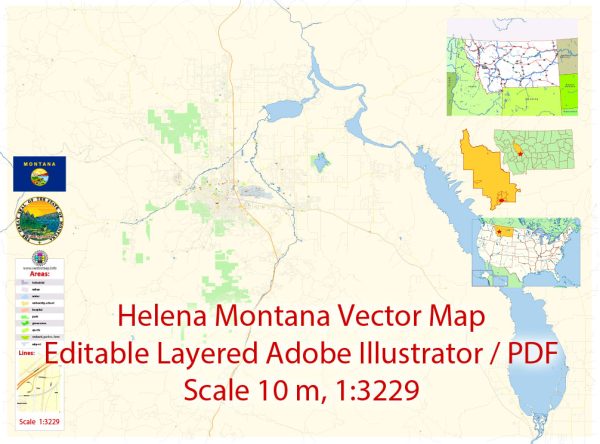It seems like there might be a small mistake in your question. Helena, Montana, is the capital city of the U.S. state of Montana. If you are asking about the history of urban development in Helena, Montana, here is a brief overview:
Early History: Helena was founded in 1864 during the Montana gold rush. The discovery of gold in Last Chance Gulch (now Helena) led to a rapid influx of prospectors and settlers. The city quickly grew as people came to seek their fortunes in gold mining. Helena became the territorial capital in 1875 and later the state capital when Montana achieved statehood in 1889.
Architecture and Infrastructure: The city’s early architecture reflects the prosperity of the late 19th century, with many buildings featuring Victorian and Gothic styles. As the city continued to grow, it developed a mix of residential, commercial, and government structures. Helena has preserved many of its historic buildings, contributing to its distinctive character.
Economic Changes: While gold mining was initially the driving force behind Helena’s growth, the economy diversified over time. Agriculture, particularly cattle ranching and farming, became important, and later, the timber industry played a role. In the 20th century, government employment, education, and healthcare became significant sectors in Helena’s economy.
Transportation: Helena’s development was influenced by transportation infrastructure. The arrival of the Northern Pacific Railway in the 1880s facilitated the transport of goods and people, further connecting Helena to the broader region. Highways and improved transportation links continued to shape the city’s growth in the 20th century.
Modern Development: Helena has experienced steady growth over the years, with a focus on maintaining its historic charm. The city has balanced economic development with efforts to preserve its cultural and architectural heritage. In recent years, Helena has seen developments in technology, healthcare, and outdoor recreation, contributing to its diverse and dynamic economy.
Cultural and Recreational Spaces: Helena boasts parks, museums, and cultural institutions that enhance the quality of life for residents and attract visitors. The Last Chance Tour Train, the Montana Historical Society Museum, and the Cathedral of St. Helena are among the city’s notable landmarks.
Helena’s history is intertwined with the broader narratives of the American West, from the gold rush era to its current status as the capital city of Montana. The city continues to evolve while valuing and preserving its rich heritage.


 Author: Kirill Shrayber, Ph.D.
Author: Kirill Shrayber, Ph.D.